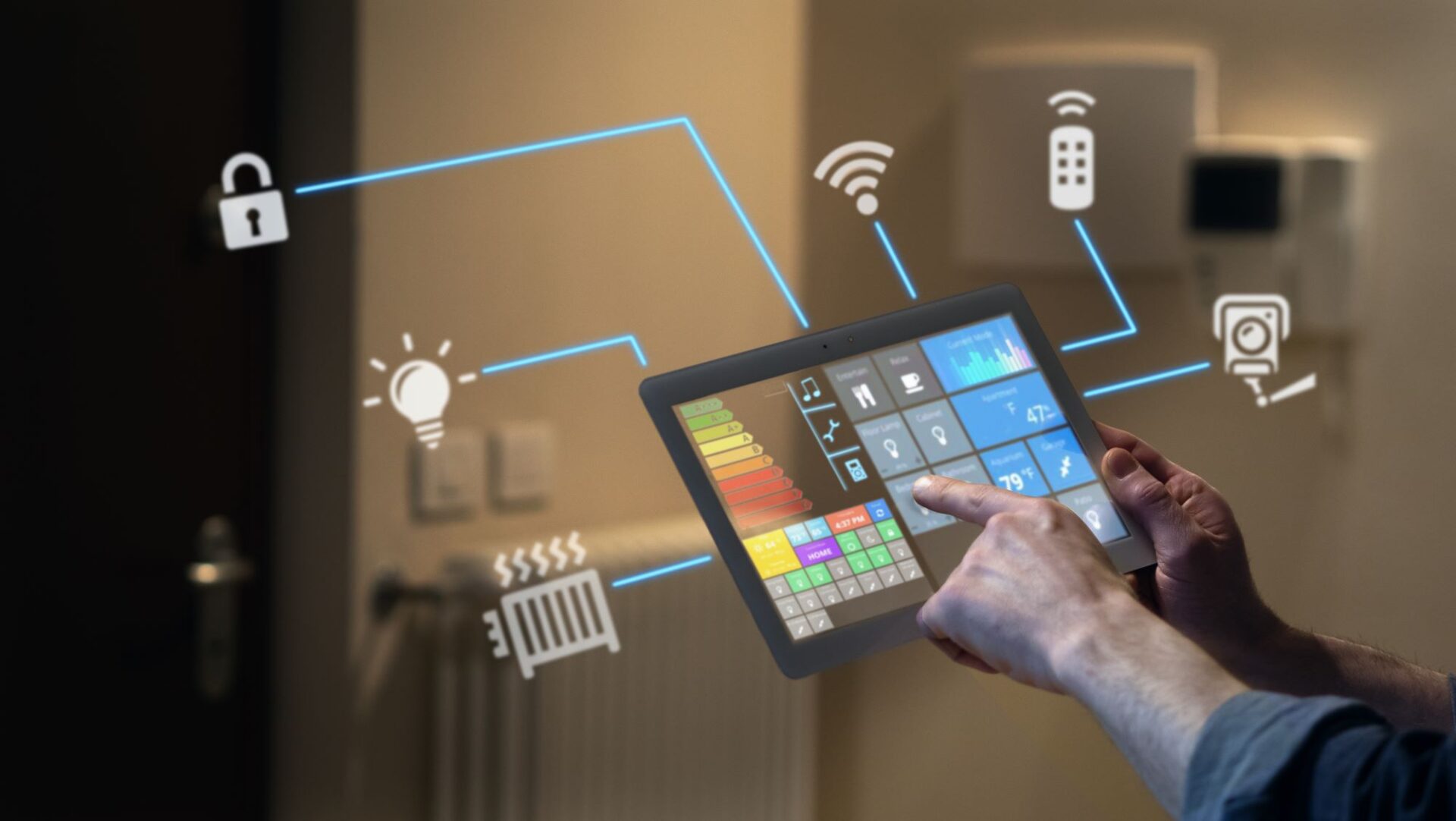Welcome to the future of home living – a world where technology not only enhances our lives but shapes the very way we exist within our homes. By weaving technology into the fabric of our residences, we are truly riding the wave of innovation.
The concept of a smart home, or more specifically trying out smart home life with Aqara, as it is commonly referred to, is no longer a distant dream but a rapidly advancing reality. This article serves as your guide to understanding and embracing this paradigm shift.
A smart house is a residential setting in which appliances and devices are linked and may be managed remotely via a smartphone or computer. These systems range from basic security monitoring to advanced lighting, heating, air conditioning, and multimedia automation. The goal is to make our lives easier, safer, and more energy-efficient.
The Internet of Things (IoT) is at the heart of a smart home. This is a network of physical things embedded with sensors, software, and other technologies that allow them to connect to and share data with other devices and systems via the Internet.
According to Gartner, there will be more than 25 billion IoT devices by 2025, demonstrating the technology’s pervasiveness.
One of the most impressive features of a living smart house is its ability to learn from and adapt to its occupants’ behavior. These houses, powered by Artificial Intelligence (AI) and machine learning, don’t just respond to your requests; they anticipate them. An AI-powered thermostat, for example, will learn your daily routines and change the temperature accordingly, providing optimal comfort and efficiency.
Smart homes are about more than just comfort and convenience. They also aim to make living conditions safer. Many smart houses have security features such as surveillance cameras, motion sensors, and smart locks.
They provide real-time alerts on your smartphone, letting you remotely monitor your house. According to research conducted by the University of North Carolina, 60% of convicted thieves would avoid residences with security systems, demonstrating the effectiveness of these systems.
Furthermore, smart homes can help promote sustainability. They assist lower your carbon footprint by optimizing energy utilization. According to the US Environmental Protection Agency, programmable thermostats can save up to $180 in energy bills each year. These savings could add up over time, contributing to a greener planet.
However, entering a smart house is not without its difficulties. Cybersecurity is a major worry. While manufacturers are constantly upgrading security methods, homeowners must use strong passwords and update their devices regularly to avoid cyberattacks. Furthermore, the initial expenditure can be substantial, but the long-term advantages frequently outweigh the original costs.
Another factor to consider is integration. With so many smart home products on the market, guaranteeing compatibility can be difficult. Companies, thankfully, are now building universal platforms that work with a wide range of devices, opening the path for more streamlined smart home systems.
What is the future of smart homes? The options are limitless. In the future, we may see smart kitchens that propose recipes based on what’s in your fridge, or restrooms that monitor your health and notify your doctor if something is wrong. As technology advances, our homes will become smarter, altering our daily lives in ways we can’t yet imagine.
While we’ve discussed the general concept of a smart home, it’s important to note the function of voice-activated technologies in this framework. Voice assistants powered by AI, such as Amazon’s Alexa, Google Assistant, and Apple’s Siri, are becoming essential components of the smart home experience. These virtual assistants serve as central command stations, allowing you to use voice commands to operate numerous connected devices.
Furthermore, it is important to note that smart home technology expands outside our living environments. Smart cities have emerged as a result of the integration of technology with architecture and urban planning.
These are urban places that collect data using various electrical systems and sensors. Data insights are used to efficiently manage assets, resources, and services. In exchange, the data is used to improve city operations. Data acquired from residents, devices, buildings, and assets are processed and analyzed to monitor and manage traffic and transportation systems, power plants, utilities, water supply networks, waste management, and other systems.
To summarize, the journey toward a smart home entails accepting technology not as a tool, but as an intrinsic part of our lives. It is all about changing our homes into living, learning environments that improve our comfort, convenience, and security. We’re not merely stepping into the future as we ride the wave of innovation; we’re actively influencing it.
This tide of innovation is unending, influencing every aspect of our life, from voice-activated systems to smart cities. The key to creating a sustainable, secure, and efficient living environment that truly exemplifies the essence of a smart home is to comprehend, adapt, and embrace these improvements.





